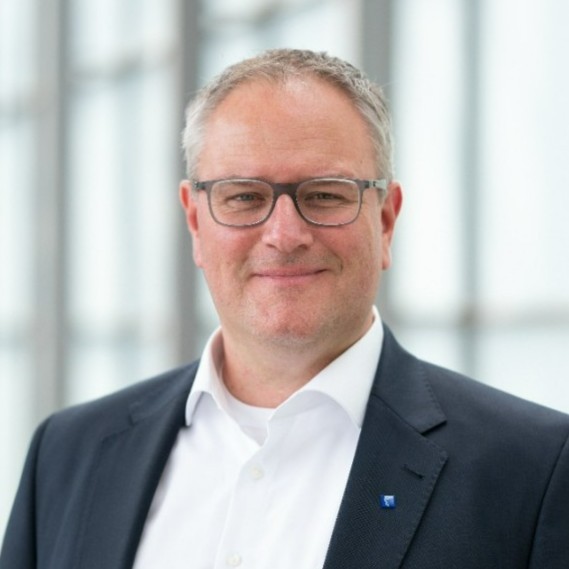
As global manufacturing undergoes a significant transformation, platforms like EMO Hannover are emerging as critical enablers of innovation, collaboration, and strategic growth. In an exclusive interview, Christian Pfeiffer, Senior Vice President Sales, Deutsche Messe AG, shares his insights on the evolving dynamics of the machine tool industry, the rise of artificial intelligence and automation, and the role EMO Hannover plays in connecting global markets. From geopolitical shifts to India’s manufacturing potential and the China Plus One strategy, Pfeiffer offers a broad yet sharply focused perspective on the future of industrial technology.
1- How is EMO Hannover positioning itself as a platform for showcasing the next generation of automation and AI-driven manufacturing solutions?
Right now, the major focus is on innovation, new networks, and strategic partnerships, and that’s exactly what EMO delivers. It provides companies the opportunity to connect, to explore cutting-edge innovations, and to witness the latest in automation and artificial intelligence. We’re seeing significant advancements in areas like AI-based coding, quality control, sensor technology, and optical sensing. EMO Hannover is the place where companies can experience firsthand what the next level of automation looks like across machine tools, machine implants, and the entire value chain. That’s why it’s essential to come to Hanover and be part of this transformation
2- Given the current market scenario, is there anything you’d like to share about the machine tool industry? You could touch upon industry numbers, trade relations, or any particular trends you’re observing.
Well, I think the next big step will definitely be the integration of artificial intelligence. A lot of innovation is coming from that space, and it’s going to significantly enhance efficiency across the board. That’s where the market is heading. As we discussed today, key sectors driving revenue in the metalworking industry, especially in the context of EMO Hannover will be medical technology, aerospace, and defense. These segments will play a central role in shaping demand and innovation.
3- As EMO 2025 highlights AI and additive manufacturing in its 50th year, what factors do you see driving these technologies forward? And how might ongoing or renewed tariff policies impact the global machine tool industry in the long term?
Well, the U.S. presidency runs for four years, and there’s still about three and a half years left in the current term. However, the midterm elections in 2026 will play a critical role. In the U.S., midterms often bring significant political shifts, not at the presidential level, but across various institutions. Leading up to that, there will be a lot of analysis and reflection on the impact of current policies.
So, I believe we may see a different policy landscape over the next one and a half years, possibly before EMO Hannover is held again in 2029. If history is any indicator, administrations and their trade strategies can shift ahead of the midterms. But to be honest, predicting these changes is a bit like looking into a crystal ball, it’s uncertain. Still, these dynamics will definitely influence how global industries, including machine tools, adapt and move forward.
4- With India’s manufacturing growth and the global shift from the China Plus One strategy amid changing U.S. trade policies, how do you view current developments in the machine tool industry? What key challenges or opportunities do you foresee?
Chinese manufacturers are very active in the field of manufacturing technology, particularly machine tools. It’s a large and dynamic group of companies, and as they look for new markets and growth opportunities, they’re making extensive use of global platforms like EMO. So, we can expect even more activity from Chinese companies worldwide, especially in markets where they face fewer export restrictions compared to the United States.
Speaking about the opportunities and challenges in the machine tool sector, I see a clear trend when it comes to integrating machines into broader production ecosystems. It’s not just about the machine or the tool anymore, it’s about the entire value-added chain. This opens up significant opportunities for companies from India, especially in upstream and downstream segments like automation, software, and digital integration. There’s a lot of potential for Indian firms to position themselves as critical enablers in this evolving landscape.




COMMENTS